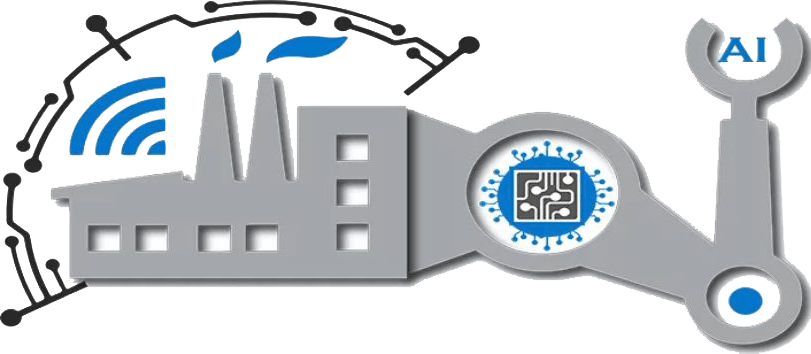Education 5.0: The Evolution of Learning in the Digital Age
Abstract:
As the educational landscape undergoes a profound transformation, Education 5.0 emerges as a paradigm that integrates advanced technologies to redefine the learning experience. This paper explores the key components, applications, and potential impact of Education 5.0 on the field of education.
1. Introduction:
Education 5.0 represents a new era in learning, marked by the integration of digital technologies, artificial intelligence, and personalized learning. This paradigm shift aims to prepare students for the challenges of the 21st century by fostering critical thinking, creativity, and adaptability.
2. Key Components of Education 5.0:
a. Personalized Learning Platforms: Education 5.0 leverages personalized learning platforms that adapt to individual student needs. AI algorithms analyze learning styles and progress, tailoring content and pacing to optimize understanding and retention.
b. Augmented Reality (AR) and Virtual Reality (VR): AR and VR technologies enhance the educational experience by providing immersive learning environments. Students can explore historical events, conduct virtual experiments, and engage in interactive simulations.
c. Smart Classrooms and Internet of Things (IoT): Smart classrooms equipped with IoT devices create interactive learning spaces. Connected devices facilitate real-time communication, collaboration, and data collection, enhancing the overall educational environment.
3. Applications in Education 5.0:
a. Adaptive Learning Pathways: Education 5.0 fosters adaptive learning pathways that cater to individual student strengths, weaknesses, and interests. This approach maximizes student engagement and ensures a more comprehensive understanding of the curriculum.
b. Global Collaborative Learning: Technology facilitates global collaborative learning experiences. Students can connect with peers worldwide, fostering cross-cultural understanding, collaboration on projects, and exposure to diverse perspectives.
c. Gamification in Education: Gamification principles are integrated into Education 5.0 to make learning more engaging and interactive. Game-based learning enhances motivation, problem-solving skills, and knowledge retention.
4. Challenges and Considerations:
a. Digital Divide: The digital transformation in education may exacerbate existing inequalities. Addressing the digital divide and ensuring access to technology for all students is a critical consideration in Education 5.0.
b. Data Privacy and Security: The collection and utilization of student data raise concerns about privacy and security. Strict measures and ethical considerations are essential to protect student information in the digital learning environment.
5. Future Implications:
Education 5.0 envisions a future where learning is not confined to traditional classrooms but extends beyond geographical boundaries. The integration of advanced technologies aims to create an educational ecosystem that nurtures creativity, critical thinking, and lifelong learning.
6. Learner-Centric Education:
a. Student-Centered Pedagogy: Education 5.0 emphasizes student-centered pedagogy, where learners actively participate in shaping their educational journey. Teachers become facilitators, guiding students in exploration and discovery.
b. Continuous Learning and Skill Development: Lifelong learning becomes a cornerstone of Education 5.0. The focus shifts from acquiring knowledge to developing critical skills, adaptability, and a growth mindset essential for success in a rapidly changing world.
Conclusion:
As Education 5.0 unfolds, the educational landscape undergoes a radical transformation. The integration of advanced technologies not only enhances the learning experience but also equips students with the skills and mindset needed to navigate the complexities of the digital age.
